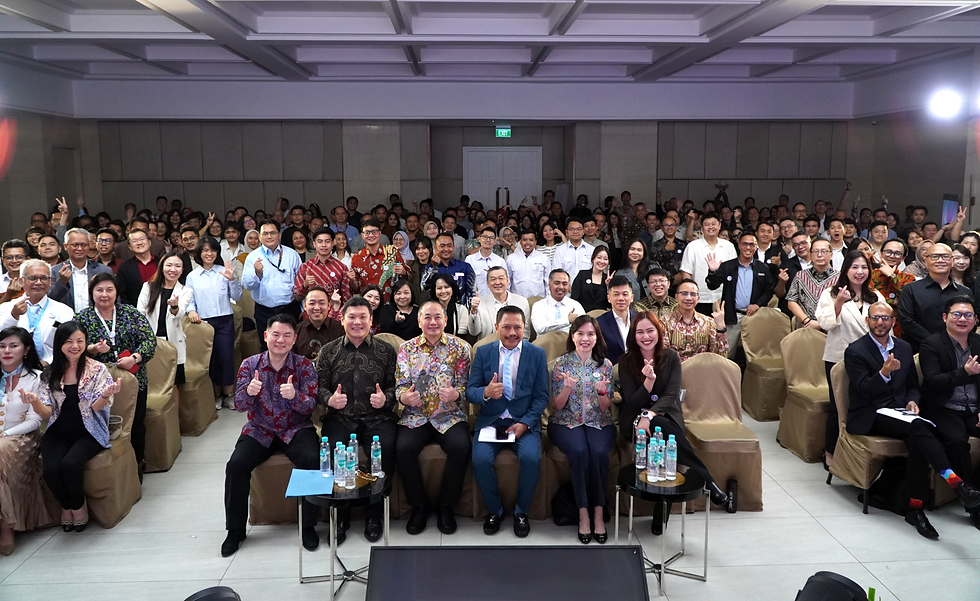It’s Not Always About Working, It’s Also About Belonging
- TechConnect

- Nov 18, 2022
- 2 min read

Picture source: freepik.com
Looking at recent times, things are changing in the work environment. Starting from the way we work, the way we communicate, even the culture of the work itself. These changes drive everyone in the work industry to build strong bonds, including among employees, in order to achieve the intended target.
The Great Attrition survey states that 51% of employees who left their job in the past six months lacked a sense of belonging. Additionally, 46% cited the desire to work with people who trust and care for each other as another reason to quit. That means employees want stronger relationships, a sense of connection, and to be seen. So the company's part is definitely to meet that need.
There are three steps that can be taken to evolve the sense of belonging: 1. Create a constructive atmosphere
Every team leader must carefully consider to make a structured agenda that still leaves space for spontaneous conversation, outreach, and collaboration. Try having lunch together and doing group problem solving, while remaining flexible to changing employee needs.
2. Build two-way communication
Start an open chat with team members to say hello, check in, and catch up. Break through the day-to-day agenda-driven interactions. It doesn't need to be too long, the important thing is to take time for casual discussions together.
3. Create an inclusive norm
It will take time to create inclusive norms. However, as much as possible give each team member equal time to contribute to ongoing discussions. Active use of chat in video conferencing can help draw reactions, analysis, and solutions from all team members, even the quieter ones.
Companies must rethink how they connect with employees, especially in the current situation. It takes commitment and sincerity to create a new and better workplace environment. So be mindful of developing deeper team relationships and creating an inclusive experience.
Article source: mckinsey.com





Comments